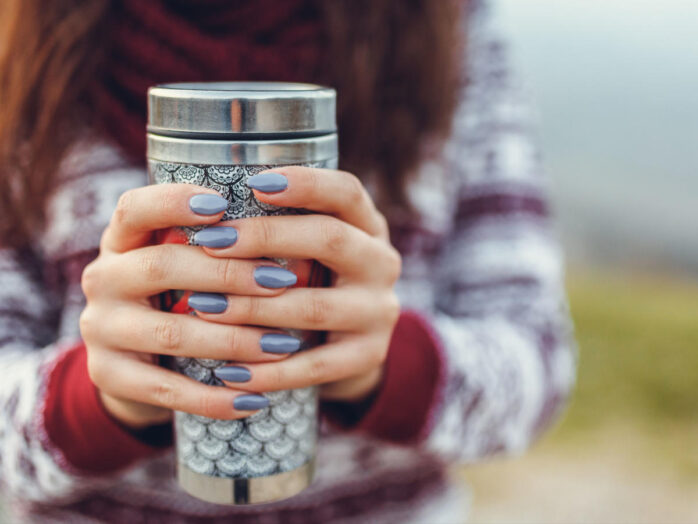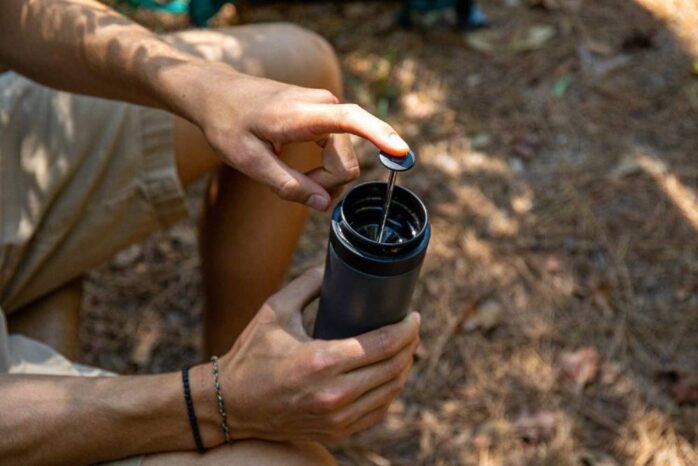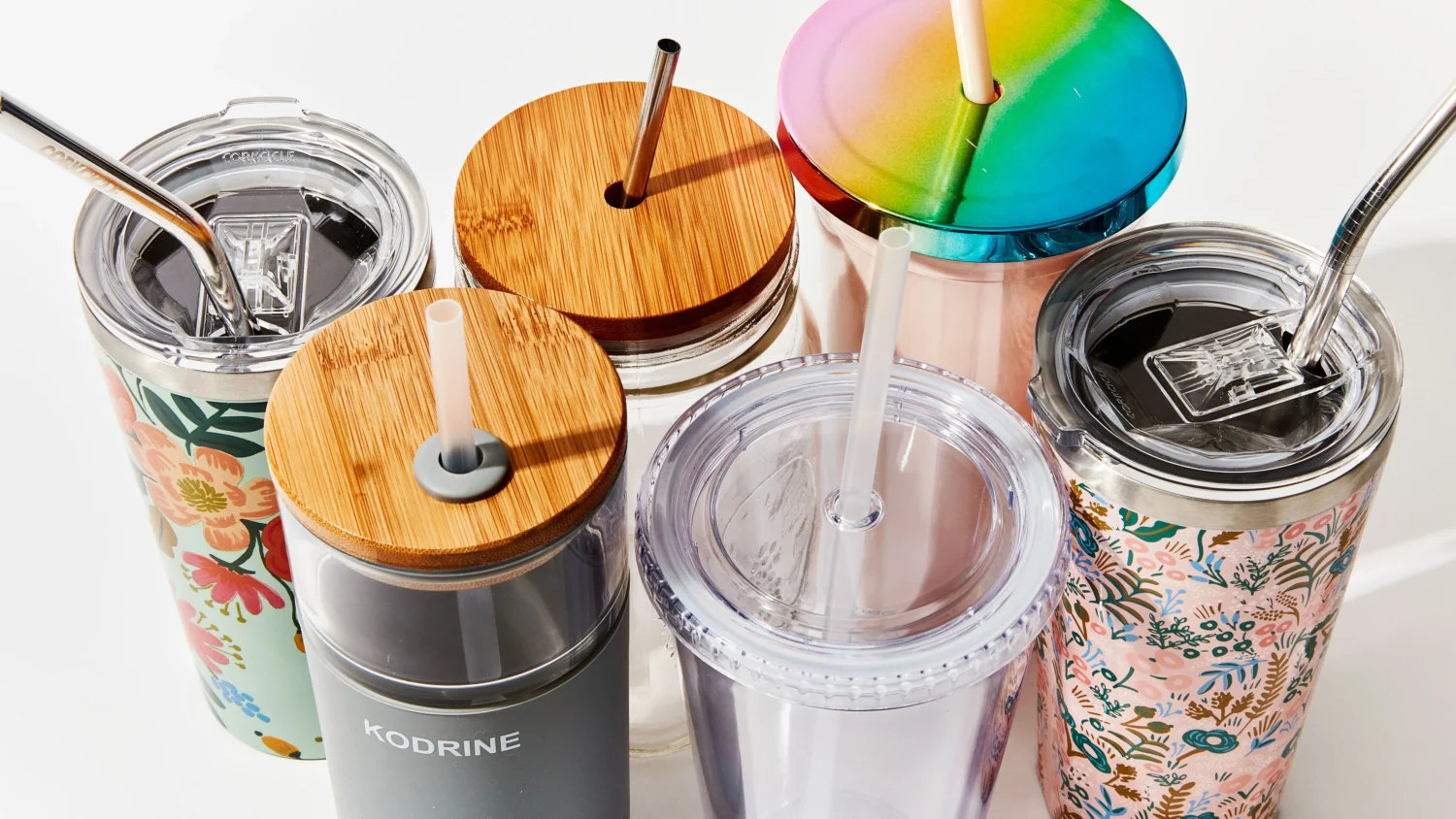People who travel from place to place often know that storing coffee in a paper or plastic cup is not reliable. Not only is it prone to spills and leaks, but it is also terrible for the environment.
Fortunately, after many of them turned to using a reusable tumbler for storing drinks while travelling, those problems are a thing of the past. However, not many people know the advantages and disadvantages of using reusable coffee tumblers.
They may ask questions like: how reliable are tumblers for storing coffee? How long do tumblers last before it needs to be replaced? How often do I need to maintain and clean my reusable tumbler?
There are many different factors into what makes a reusable cup last longer. For example, its material, maintenance, and durability. Here, we have listed a few things that make reusable coffee cups last longer than others. Hopefully, you can use this to look out for a dependable one the next time you are choosing a reusable coffee cup to get.
Good Materials for Tumblers

A good reusable coffee tumbler should be made out of long-lasting, durable materials. High quality reusable tumblers are often made out of strong ceramic, stainless steel, and sturdy glass. These materials are strong and tough, and will not degrade over time as quickly as other materials.
As the name suggests, you would want your reusable tumbler to be used over and over again, for at least a few months. Ceramic, stainless steel, and glass, all have properties that allow them to be more resistant to wears and scratches. Even when storing hot liquids in your reusable coffee tumbler, those materials will not be affected by the heat.
In fact, they are one of the best kinds to keep heat in – allowing your drinks to stay hot for a long period of time. Therefore, you can be assured knowing that you can store hot drinks in your reusable coffee tumbler that can last you through the day.

On the other hand, poor quality materials like plastic are not great for making a reusable tumbler out of. Plastic is not as durable, and is more resistant to degradation over time. Furthermore, extremely hot liquids can even melt the plastic slightly, releasing toxic chemicals into your drink.
Plastic is also less resistant to scratches as compared to the aforementioned materials. You will find plastic reusable tumblers usually accompanied by other supporting materials, such as rubber, to make the tumbler more long lasting and easier to handle.
However, we still advise against getting a plastic reusable coffee cup, due to its shorter lifespan. If you really need to get one, perhaps due to budget constraints, make sure you find one that is BPA-free, as those are safer to use than other plastic reusable cups.
How To Take Care of Your Reusable Tumbler

Reusable coffee tumblers can also last longer if you maintain them properly. This means storing them well, avoid knocking or dropping them against hard objects, and washing them well.
Most reusable coffee tumblers are built strong, again due to the materials used. You will find most metal and ceramic reusable tumblers rather strong, and can survive a knock or two. However, you should still avoid handling them roughly, as they may dent or even be chipped.
That is why most reusable tumblers in the market use other materials to circumvent this problem. Rubber seals help to seal the lid tight to the cup, reducing the chances of spillages and leaks.
An extra layer of tough but thin stainless steel can be wrapped around the tumbler, to protect the inner storage against hard knocks or drops. Unfortunately, glass tumblers can still be brittle, even when having other materials around it, due to the brittle property of glass.
How Often Do I Need to Clean My Reusable Tumbler?
For washing and maintenance, you should wash your reusable tumbler at least once every few days. Or, if you are an avid coffee drinker who needs their brew everyday, using your reusable tumbler daily warrants a wash at the end of each day.
Most reusable tumblers are relatively easy to clean. You simply pop the lid off, and run it through water and soap, making sure to clean the mouthpiece area for extra cleanliness. The inside of the tumbler cup also simply needs a rinse, and you are good to use it again for the next day.
You might also find some reusable tumblers out there in the market that is dishwasher safe. This makes it even easier to maintain it, as you can just throw it in there along with your dishes. Just be sure to check that the whole tumbler cup is dishwasher safe!
All in all, frequent washing and keeping your reusable coffee tumbler clean will extend its lifespan plenty. Make sure that stains do not build up over time, and no dirt gets trapped in small places, and your reusable cup will last you for months to come.
What Is a Good Tumbler for Coffee?

You can find plenty of reusable coffee tumblers out there in the market, claiming that they will last you for many months. However, it actually depends on many factors, like the materials used, how often you use it, and most importantly, how well you take care of it.
A good tumbler should last you for a year on average, with proper maintenance. For example, a recommended tumbler is the Sttoke Leakproof Ceramic Cup. Sttoke has a name in reliable reusable tumblers, and for good reason.
Their products are made out of high-quality materials, while having a stylish design that is very comfortable to hold and drink from. The Sttoke Leakproof Ceramic Cup is made out of shatterproof ceramic for extra toughness, and it double walled to keep your drinks fresh for a very long time.
It comes in two sizes, 12 oz and 16 oz capacity, which is a great standard for a coffee tumbler. To top it all off, it has an ergonomic build and cup-holder compatibility, making it perfect for using it while on the road. Get a reusable tumbler for yourself today, and you will find yourself never needing a disposable cup for drinking ever again.



















